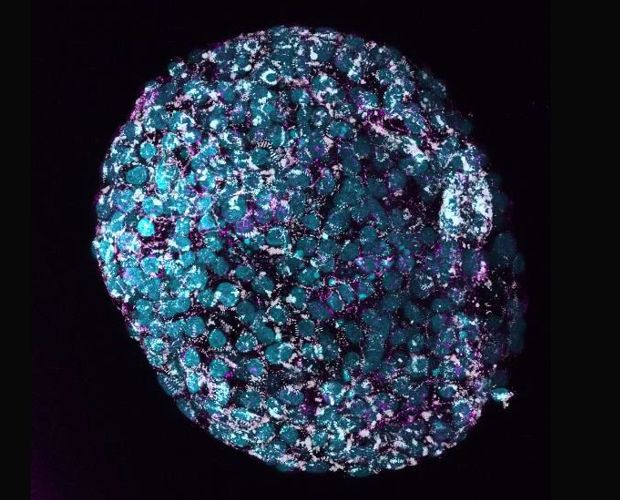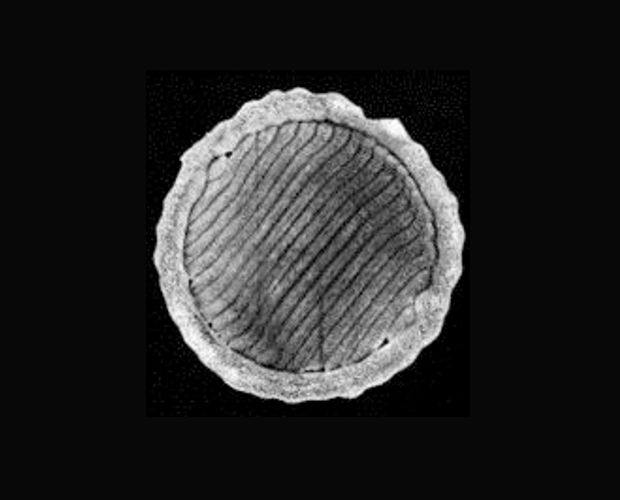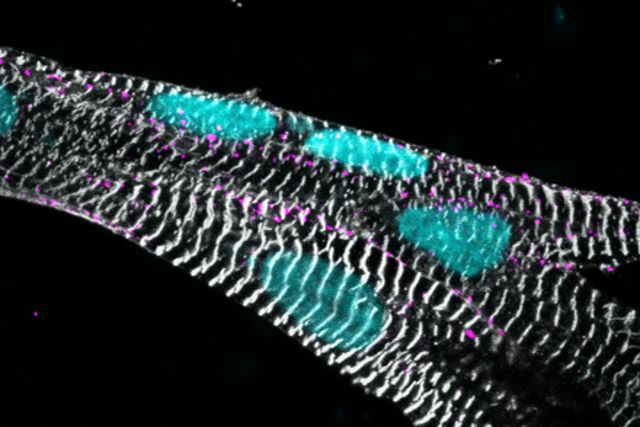


The embedding of human stem cells and cells derived from them in the development of drugs is essential for the production of innovative medicinal products. With the aid of more reliable human tissue models, it is possible, for example, to avoid the side effects of drugs at an early stage, and reduce the use of animal experiments.
In order to replicate the complex biology in the lab, the relevant development processes have to be transferred from the human body to the culture dish. The development and the reliability of cell-based models largely depend on the quality of the cellular starting material, the imitation of the natural microenvironment and the possibility of implementing these models in a miniaturized and upscalable form. In order to imitate human tissue as physiologically as possible in the lab, biomimetic, three-dimensional microtissue is formed from human stem cells and then matured to somatic tissue (e.g. heart tissue). For example, cardial microtissue is so mature within ten days that it even displays the typical contractions.
Just as in the human heart, drugs trigger specific reactions in these microtissues, which are characterized and analyzed. The information gained is then reapplied to produce improved microenvironments.
The working group Stem Cell Processes is focused on the development of human, cell-based models to evaluate the biocompatibility of innovative materials. In addition to this, clinically relevant reactions of cardiomyocytes to active substances are examined in order to gain a better understanding of the effect these new microenvironments have on the physiology of the cells. The information gained is then reapplied to produce more relevant cell models.
Priorities
- Development and improvement of processes for the production of relevant cell models
- Evaluation of new materials in terms of their influence on physiology and the maturation of human cardiomyocytes
- Examination of active substance effects on intracellular signals in human cardiomyocytes
- Creation of specific microenvironments which allow physiological reactions of cardiomyocytes
 Fraunhofer Project Center for Stem Cell Process Engineering
Fraunhofer Project Center for Stem Cell Process Engineering